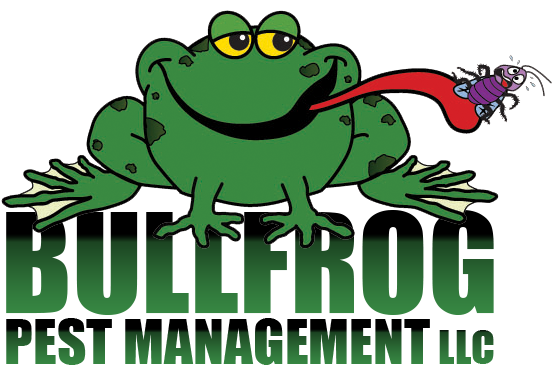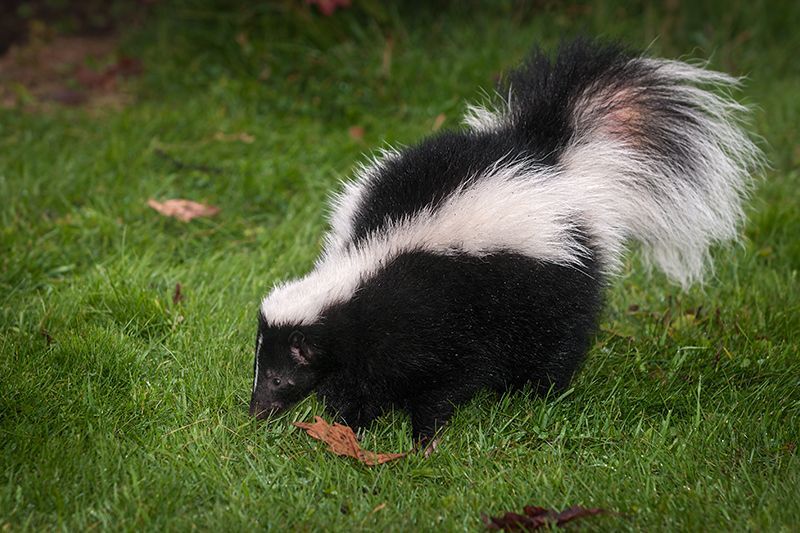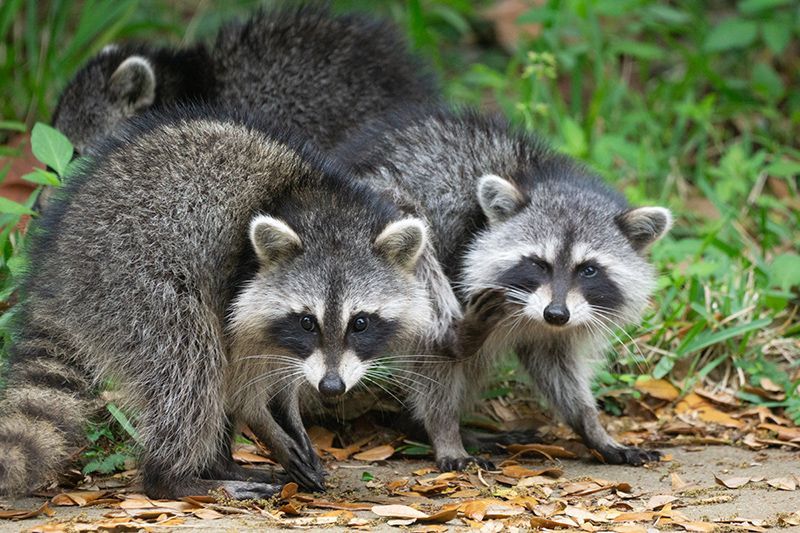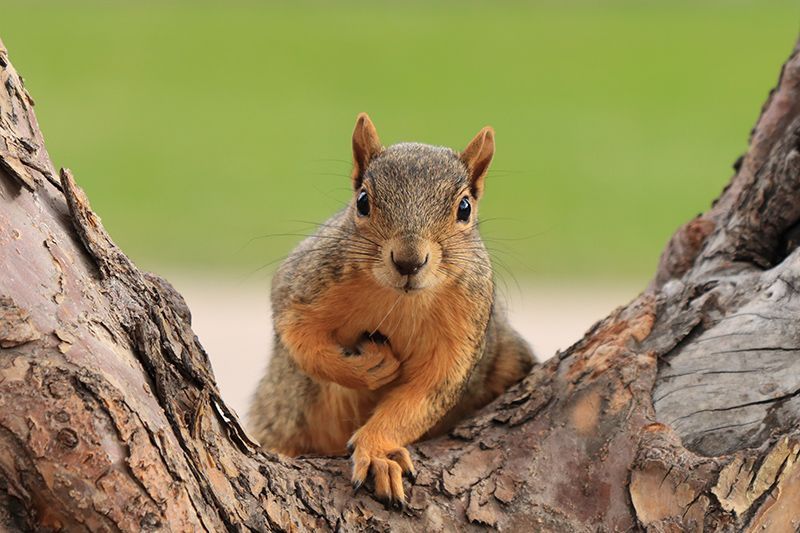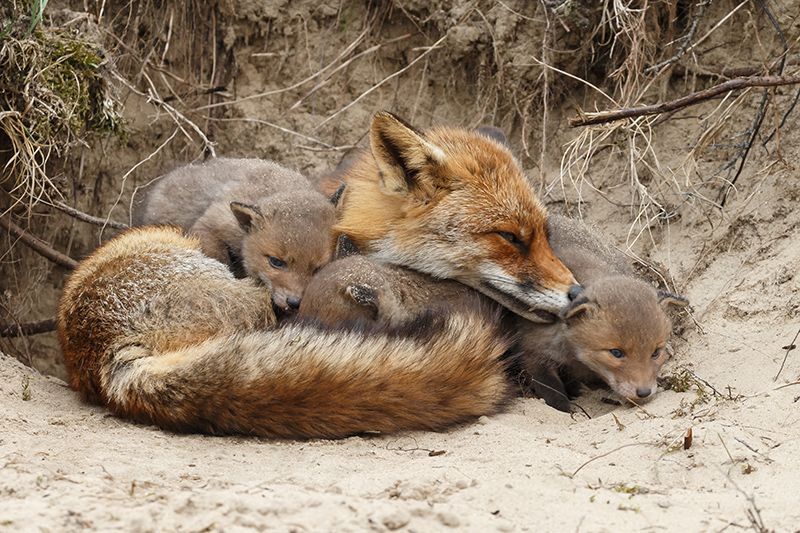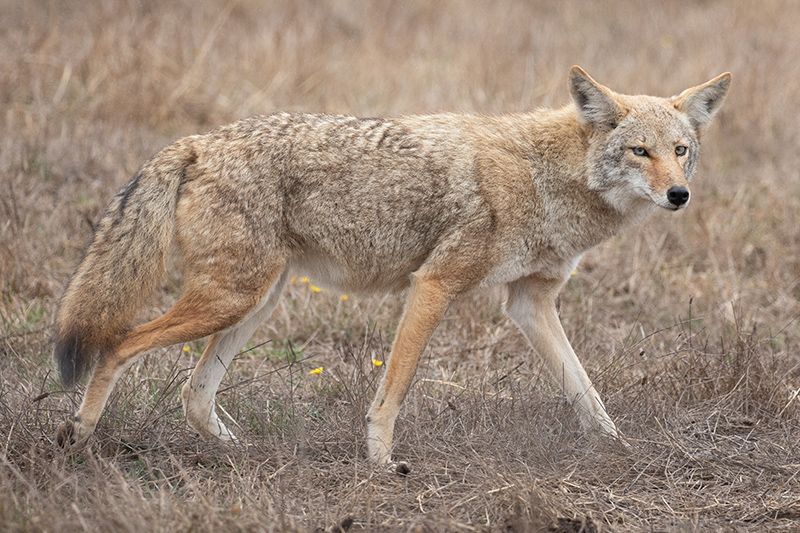Wildlife
Every year, Colorado homes and businesses may get a visit from some furry friends, and sometimes they find your attic or crawlspace or want to live under your house or shed. The Bullfrog Pest Management team are pros at finding wildlife and safely removing them from your property. We use methods that have as little disruption and stress on the animal as possible such as exclusion, deterrents, and one-way doors.
Although we do sometimes live-trap wildlife, it is not our first or only option. Trapping can disrupt some animals’ feeding and breeding habits, and in some cases, even doom the animal to death. All our wildlife trapped are handled within the laws and regulations of the state of Colorado and handled with extreme care and concern for the animals.
Call Bullfrog Pest Management if you think you have unwanted wildlife on your property. If you aren’t sure whether a critter has moved in, see below for some information on some common wildlife in the area.
Badgers
Badgers are members of the weasel family, like wolverines, but they are smaller and much more common. They have flattened bodies, short legs and shaggy fur. Their color varies from silver-gray to yellowish-brown on their backs, and they have a white belly and a black facial pattern, with a white stripe down their nose. Badgers live in dry, treeless areas and are remarkable burrowers that can rapidly dig out of sight.
American badgers are solitary animals. If you see one, keep a close eye on it and try to move out of the area as quickly and quietly as possible. They are aggressive animals, but they don’t go looking for trouble. They are known to run at a threat instead of away from it. Badgers have sharp claws and powerful jaws, and they can do serious damage if provoked.
If people or pets enter their territory, badgers will hiss and growl and show their teeth. They can also release a foul musk similar to skunks.
Skunks
Skunks typically breed once a year in February or March and bear young in early May. Litter sizes vary from two to 10, depending on the species and age of the female. The kits’ eyes open approximately two to four weeks after birth, and depending on the species, can spray musk about one to six weeks after birth. Skunks are nocturnal and reclusive. Use extra caution if you encounter a skunk during the day or one that is extremely aggressive. Aggression is not normal behavior and may indicate that the animal is ill. The chance of rabid skunks occurs usually from February to May when they breed and give birth to their young. According to the Centers for Disease Control, 2,223 cases of rabies in skunks were reported in the United States during 2000. However, none of the skunks tested in Colorado were diagnosed with rabies.
It's harder to get an adult to spray you than you might think; however, babies will be more apt to spray at the sign of a threat.
Bullfrog Pest uses exclusion and one-way doors to help skunks move elsewhere when possible.
Raccoons
The most noticeable marking is the black "mask” on the face.
Raccoons are solitary, except during the breeding season, which occurs from January to June. Females usually have one litter a year, with three to seven offspring per litter, and the gestation period is approximately two months. Young stay with their mother for their first winter, and then venture off on their own in spring. Raccoons will normally run and hide from people but can become very aggressive if provoked or defending young. Do not try to get close to them because they seem friendly.
Raccoon rabies is rare in Colorado, but it can happen.
Most common places in a home for raccoons to inhabit are attics and chimneys. If you hear noises, call us. We can assess the situation and determine what critter has moved in.
Whenever possible, Bullfrog Pest will use exclusion methods and deterrents to remove raccoons, especially when pups are present, and only after the pups are old enough to be moved safely by Mom. Trapping is used as a last resort.
Squirrel
Squirrels are successful breeders and populations can expand rapidly when there is ample food and shelter. They are playful, active, and intelligent and can be bold in areas where they are fed by people. Squirrels commonly make nests in trees, but when they are searching for warm, safe places in the winter, this can cause squirrels to move into attics, chimneys, and crawl spaces. If there are small openings, they can chew holes wide enough to enter.
Plague is a common disease in squirrels, and late summer and early fall is the time of year when we see plague outbreaks in squirrels. However, it can be found in rodents year-round and can sometimes cross over into other wildlife.
Plague is a common disease in squirrels, and late summer and early fall is the time of year when we see plague outbreaks in squirrels. However, it can be found in rodents year-round and can sometimes cross over into other wildlife.
Trapping squirrels is not recommended due to the way squirrels defend their territory. Relocated squirrels will most likely die from not being able to find food or shelter. Exclusion is the best method to use when managing squirrels.
Red Fox
Red foxes have adapted well to suburban and rural communities. Because other large predators have been pushed away from human development, red foxes took advantage of the changed habitat. They live in parks and woodland edges and will readily eat whatever is available. They are solitary, which makes it easy for them to hide and escape people.
The red fox mates in winter. Soon after mating, a female finds and builds a den. Females can have anywhere between one and 12 pups per litter. Pups are born brown or gray, usually turning red within about a month. Both parents take care of their offspring until the next fall, when the young foxes set out on their own.
Bullfrog Pest will only use deterrents when dealing with foxes. Trapping is expensive and time consuming. In most cases, foxes will move along on their own and don’t need to be moved.
Coyote
Nearly all communities in Colorado are home to coyotes. In populated areas, they are less fearful of people and have been known to attack pets and approach people.
If you have coyotes around your home keep these tips in mind:
- Never feed coyotes!
- Remove attractants from your yard, including pet food, water sources, bird feeders, and fallen fruit.
- Secure trash in a container with a locking lid or put trash out on only the morning of pick-up.
- Deter coyotes with a six-foot privacy fence.
If a coyote comes near you:
- Do not run or turn your back
- Be as big and loud as possible
- Wave your arms and throw objects
- Face the coyote and back away slowly
- If attacked, fight back
Bullfrog Pest will not trap coyotes because of the cost and danger to the customer. We will, however, educate you on how to make your property unattractive to them.
Beavers
The Beaver is a keystone species, meaning they play a critical role in holding together entire ecosystems. Beavers are also considered ecosystem engineers because through building dams they raise water levels, slow water speed, and change water direction. In doing so, they can increase a wetland’s area, species diversity, and water quality, as well as maintain more stable water temperatures. In beaver ponds, freshwater fish, migratory birds, amphibians, turtles and other wetland species thrive. Humans living near beavers benefit from cleaner and more abundant water, especially later in the summer and in the fall.
Bullfrog Pest will not remove or damage beavers or dams unless all legal parameters required by law are followed. Removing beavers can doom them to death. We will do everything in our power to mitigate damage but not remove them.
